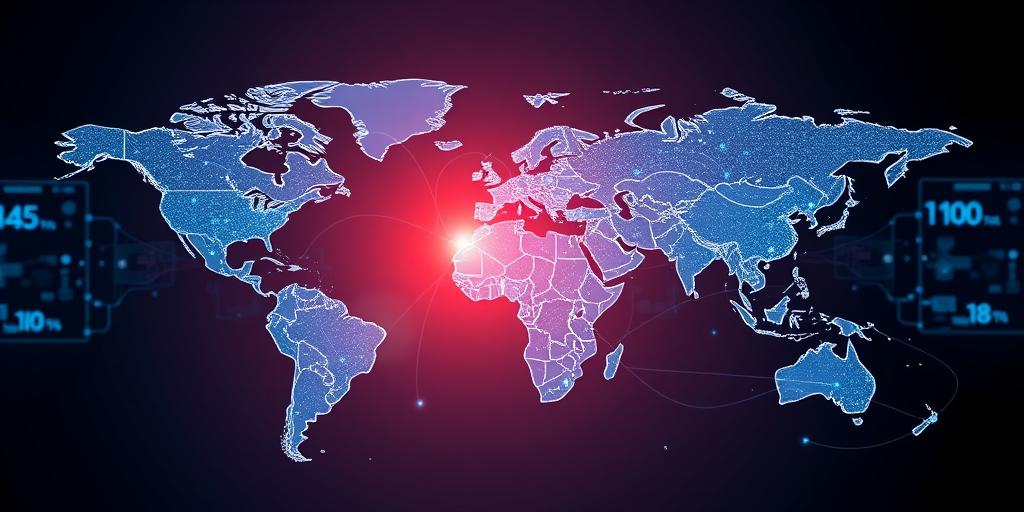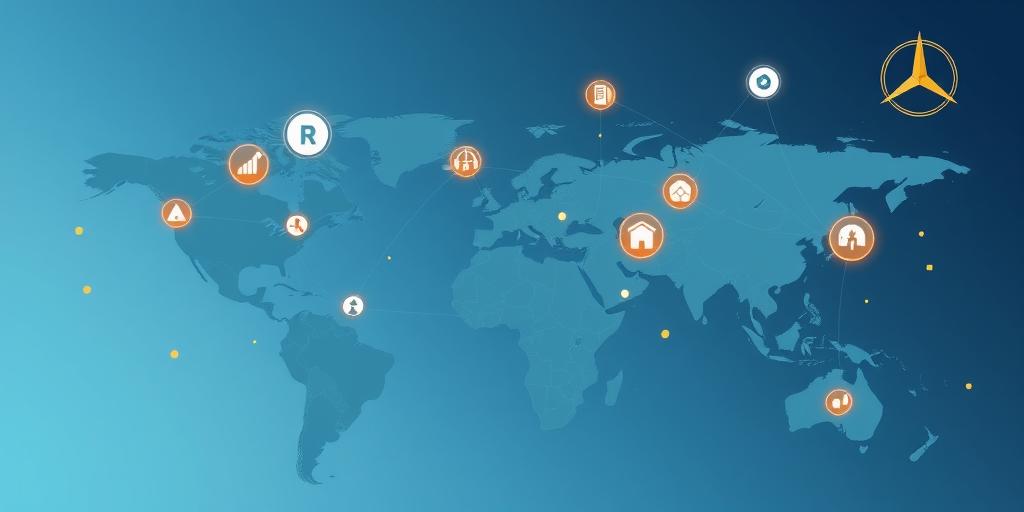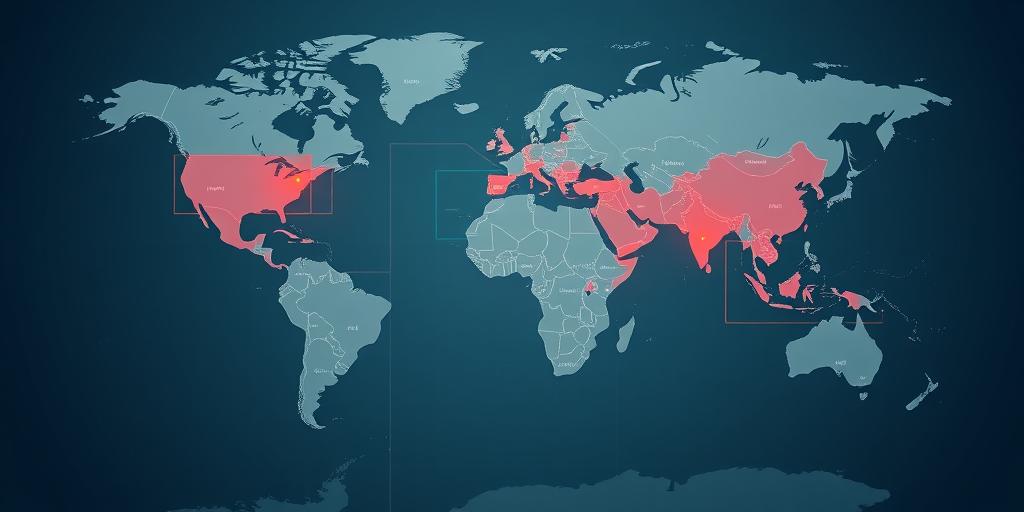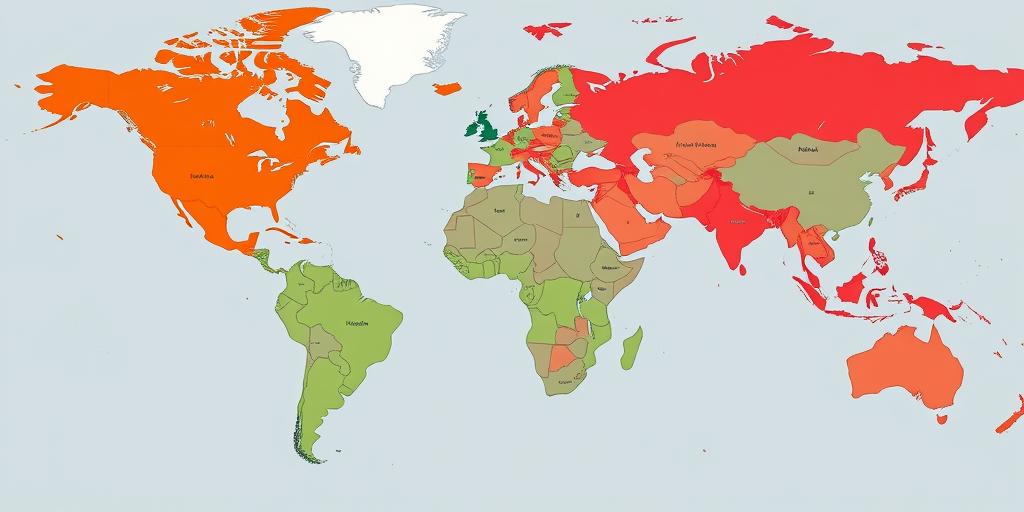Tracking Global Diplomatic Efforts in Real-Time
Explore how real-time tracking of global diplomatic efforts enhances crisis management, policy coordination, and transparency. Learn about the tools and methodologies used.

Tracking Global Diplomatic Efforts in Real-Time
In an era defined by rapid change and interconnected challenges, the ability to monitor global diplomatic efforts in real-time is more critical than ever. This post explores the evolving landscape of diplomatic tracking, highlighting the tools, technologies, and methodologies that enable stakeholders to stay informed and responsive.
The Imperative for Real-Time Diplomatic Tracking
- Crisis Management: Immediate access to information is crucial for effective crisis response, allowing policymakers to make informed decisions swiftly.
- Policy Coordination: Real-time insights facilitate better alignment of diplomatic strategies among nations and international organizations.
- Transparency and Accountability: Public access to diplomatic activities promotes transparency and holds governments accountable for their actions.
- Predictive Analysis: By analyzing trends and patterns in diplomatic interactions, analysts can forecast potential conflicts and opportunities for collaboration.
Tools and Technologies for Diplomatic Tracking
- Open-Source Intelligence (OSINT): Leveraging publicly available data from news outlets, social media, and government reports to track diplomatic engagements and statements.
- Data Analytics Platforms: Utilizing advanced algorithms to process and visualize large datasets, providing actionable insights into diplomatic trends.
- Satellite Imagery: Monitoring geopolitical hotspots and tracking the movement of key personnel and resources.
- AI-Powered Language Analysis: Employing natural language processing (NLP) to analyze diplomatic communications and identify sentiment, tone, and key themes.
- Blockchain Technology: Enhancing the security and transparency of diplomatic records and agreements.
Methodologies for Effective Tracking
- Cross-Referencing Sources: Validating information from multiple sources to ensure accuracy and reliability.
- Network Analysis: Mapping relationships and interactions between diplomats and organizations to understand influence and alliances.
- Event Monitoring: Tracking key diplomatic events, such as summits, conferences, and bilateral meetings, to assess outcomes and follow-up actions.
- Sentiment Analysis: Gauging public and political sentiment towards diplomatic initiatives to anticipate potential challenges and opportunities.
- Predictive Modeling: Using historical data and current trends to forecast the likely outcomes of diplomatic negotiations and interventions.
Challenges and Considerations
- Data Overload: The sheer volume of available information can be overwhelming, requiring sophisticated filtering and analysis techniques.
- Information Verification: Ensuring the accuracy and authenticity of data is crucial to avoid misinterpretations and flawed decision-making.
- Privacy Concerns: Balancing the need for transparency with the protection of sensitive diplomatic communications and personal data.
- Technological Limitations: Recognizing the constraints of current technologies and investing in ongoing research and development.
Conclusion
Tracking global diplomatic efforts in real-time is essential for navigating the complexities of modern international relations. By leveraging advanced tools, technologies, and methodologies, stakeholders can enhance their ability to respond effectively to crises, coordinate policies, promote transparency, and anticipate future trends. As technology continues to evolve, the field of diplomatic tracking will undoubtedly become even more sophisticated, offering new opportunities for informed decision-making and global cooperation.





